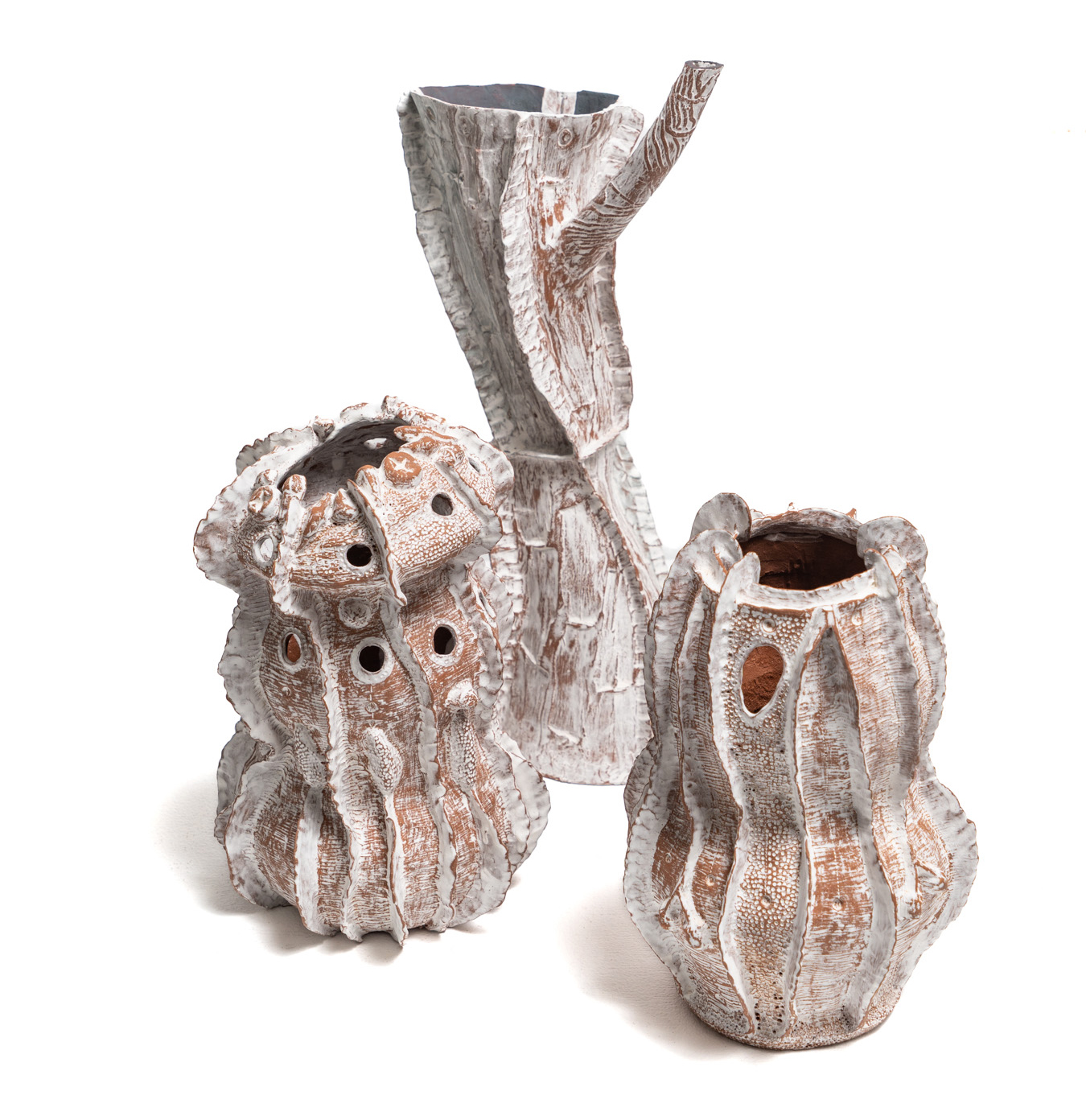
Helen Fuller: Bowerbird
Growing up in Tarntanya/Adelaide in the 1950s and 60s, Helen Fuller would fossick in the backyard for broken ceramics and shards of glass and reconfigure them into beautiful objects. This process of aesthetic reinvention that began in her youth became a vital means of self-expression, forming an artistic practice that spans six decades.
Like the bowerbird, Fuller is compelled to mine the archaeology of the everyday to create something new. This is reflected in the artist’s eclectic mix of materials, including newspaper, fox fur, sardine tins, gum wrappers, bus tickets, cutlery, crockery and other domestic items scoured from op shops and local tips. Bowerbird brings together Fuller’s early collages and assemblages, along with her more recent paintings and ceramics.
In a world often fixated on flawlessness, Fuller embraces the irregular, the imperfect, and the beautifully organic. Employing the philosophy, ‘bless this mess’, Fuller encourages us to see artistry in the crooked lines, the smudges, and the accidental imperfections.
A selection of works have audio descriptions, which are vivid verbal descriptions that make visual information accessible for people who are blind or have low vision, and offer a new perspective for everyone.
The social story illustrates a visit to QUT Art Museum with information about what to expect. This tool is designed for use by visitors requiring support to navigate through the Museum and enjoy the experience.
Sensory map (PDF, 7.6MB)
The sensory map shows visitors where to expect artworks with moving image and sound, and interactive displays. It also shows where to find quieter spaces, audio described artworks, and seating.
Take an interactive virtual tour of the exhibition from wherever you are in the world. Artwork labels are marked by teal tags, and audio descriptions are marked by orange tags.

